Summer may officially start tomorrow, but it’s here with a vengeance already. It’s blisteringly hot and humid out, and even looking at the heavy, layered outfit that I’d left on the mannequin was making me hot! I got this adorable ro komon with bells a few years ago but never had a chance to wear it. It’s very long, which is great, but it’s also very narrow. Even at my thinnest, it never fit. It’s just too cute to get rid of, and I figured it was high time it had a moment in the (blistering) sun.
The obi is not usumono, but it’s a thin hanhaba, and the yellow colour really draws the eye to the yellow-gold bells on the kimono itself. I used my pink seashell summer-weight obiage and obijime to add an accent colour. I went with the ubiquitous pink set because it’s actually the only summer set I have. I’ll eventually invest in more sets, but as I currently don’t own a single usumono kimono that fits me, it’s not really a priority right now. I tied the obiage in a bow to echo the obi in back, to add a bit more softness and girliness to an otherwise very simple outfit. It feels light and airy, which is exactly what I was hoping for.
Items used in this coordination
- Ro with Bells
- Tokaido/Mustard
- Pink Ro with Shells
- Pastel Summer



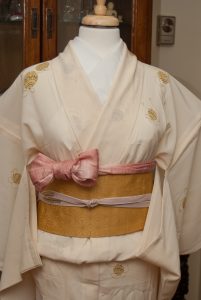
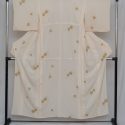
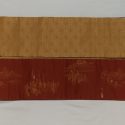
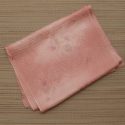
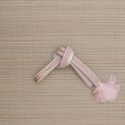
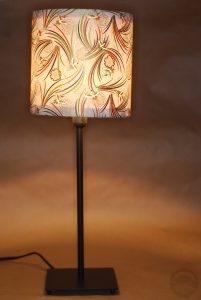
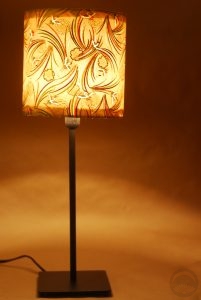
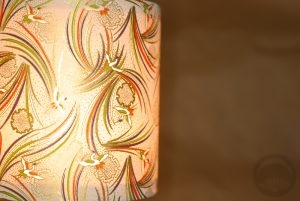
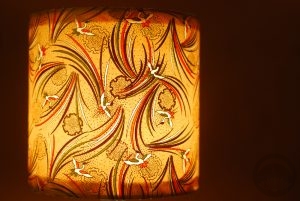
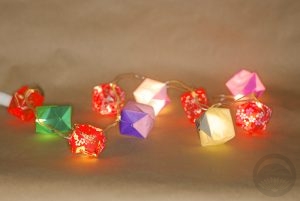


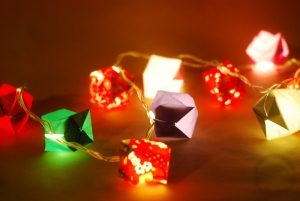


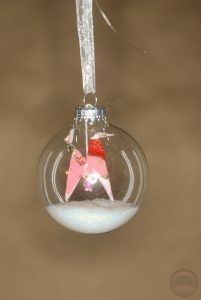
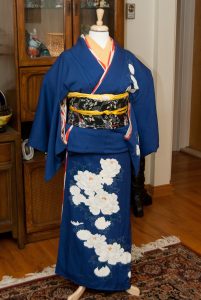
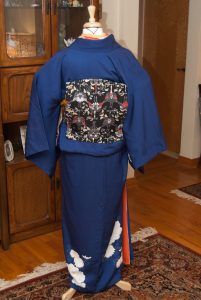

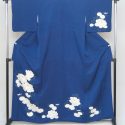


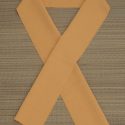
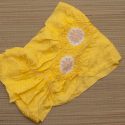
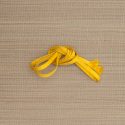

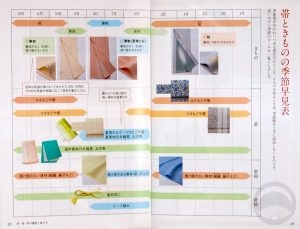
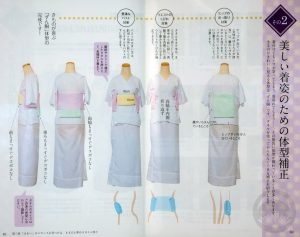
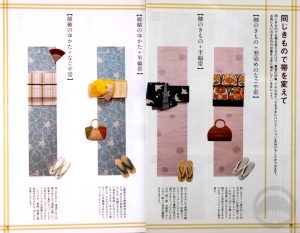
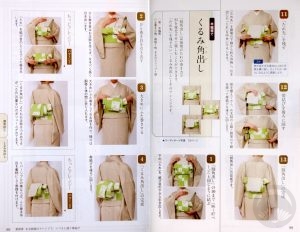
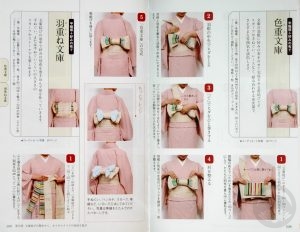
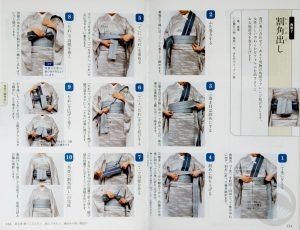

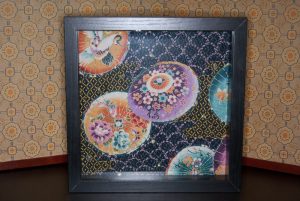
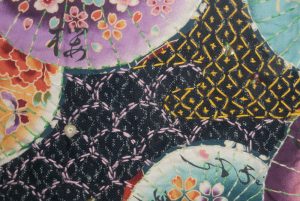

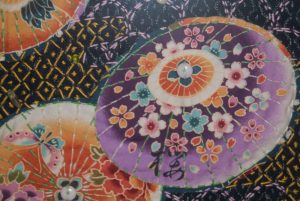











 Bebe Taian
Bebe Taian CHOKO Blog
CHOKO Blog Gion Kobu
Gion Kobu